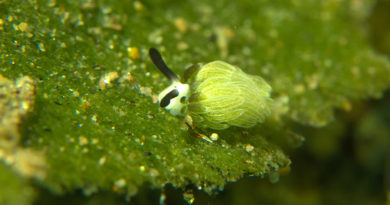Giant Clam Spawning
Giant clams are the second largest invertebrates, after the giant squid. Adults can weigh up to 500 kg. They gain nutrition from their symbiotic algae and from filter feeding. Since they are tasty, immobile and live in shallow waters, they were over-harvested for many years, and their populations were in peril in the Philippines in the 1990s.
The Marine Science Institute of the University of the Philippines runs a giant clam breeding program to alleviate this situation. Clams are injected with serotonin, which causes them to release sperm, and with a delay, eggs. The two types of gametes are then joined for fertilization, and the larvae are first grown in the hatchery of the UP Bolinao marine lab, and later resettled into the ocean.
I am currently a visiting professor at the UP marine lab, and got to witness the spawning effort. I mainly concentrate on goby behavior these days, but I would not miss such an interesting event.
Many thanks to the students of the UP Marine Science Institute for letting me film their clam conservation efforts. It’s great to witness bright young people dedicating their talents to a good cause.
And this is where all of this is happening – a corner of the Philippines which is truly off the beaten path:
